A guide to Doi Inthanon National Park
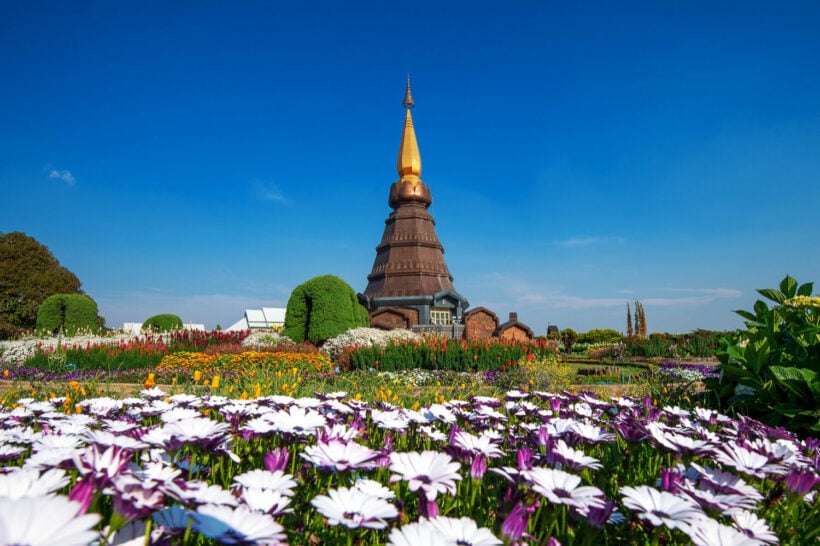
Doi Inthanon National Park is home to Thailand’s highest mountain. The mountain, also known as the “Roof of Thailand,” rises to a height of 2,565 meters. Due to the high altitude, the climate in Doi Inthanon National Park is much cooler than in other areas in Thailand. The 482 square kilometre park is famous for its stunning nature trails, lush rainforests, breathtaking viewpoints, rushing waterfalls, and the stunning twin pagodas that sit at the summit. It’s also home to diverse species of reptiles, birds, and mammals. It’s the perfect destination to get away and indulge in nature. So, if you want to experience a trip off the beaten track, here’s our guide to Doi Inthanon National Park!
The best time to visit Doi Inthanon National Park
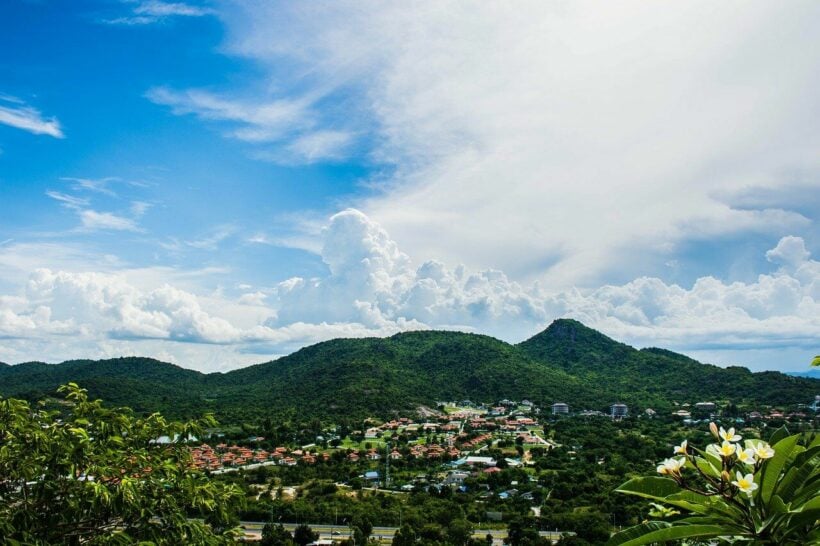
Like most parts of the country, there are 3 main seasons in Northern Thailand: rainy, cool, and hot. Doi Inthanon National Park is generally colder than the rest of the country. Still, the cool season, from November to February, is typically the best time to explore the national park. The weather is mostly sunny and fairly comfortable during this season, with an average temperature of around 17ºC. However, Chiang Mai’s infamous smoky season usually occurs from January to March. During these months, the air quality is very poor because farmers burn their fields to prepare their land for next year’s crop and get rid of their previous harvests that can’t be sold in the market. Therefore, for a prime experience, it’s best to visit Doi Inthanon National Park in November or December.
From June to October, Northern Thailand experiences the wet season. This means that you may run the risk of getting stuck in torrential downpours while trekking at Doi Inthanon. The trail will be slippery and muddy, so it can be pretty dangerous to trek or hike the national park during this season. That said, many waterfalls in the national park are more incredible during the wet season.
How to get to Doi Inthanon National Park
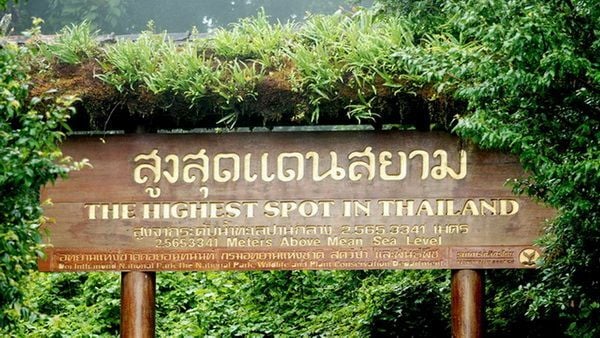
Doi Inthanon National Park is located around 90 km from Chiang Mai city centre. It takes around one and a 1-2 hours to drive to the park from the city. If you’re feeling adventurous, you can definitely get there by driving your own motorbike or car. Although driving on your own gives you the freedom to stop at any scenic viewpoint or waterfall, it can be challenging as the route is full of sharp turns and corners.
The easiest way to get to Doi Inthanon National Park is to hire a car with a driver in Chiang Mai. You can find a car with a driver through one of the travel agencies in the city. Typically, you don’t have to pay for the driver’s entrance fees. However, you should discuss all other details, like food stops and itinerary, in advance. If riding in a crowded minivan with strangers is not a problem for you, you can also opt for group tours.
Things to do in Doi Inthanon National Park
Doi Inthanon National Park is a great place to escape the busy city life and get closer to nature. Here are some of the best things to see and do in Doi Inthanon National Park:
1. Go on nature trails
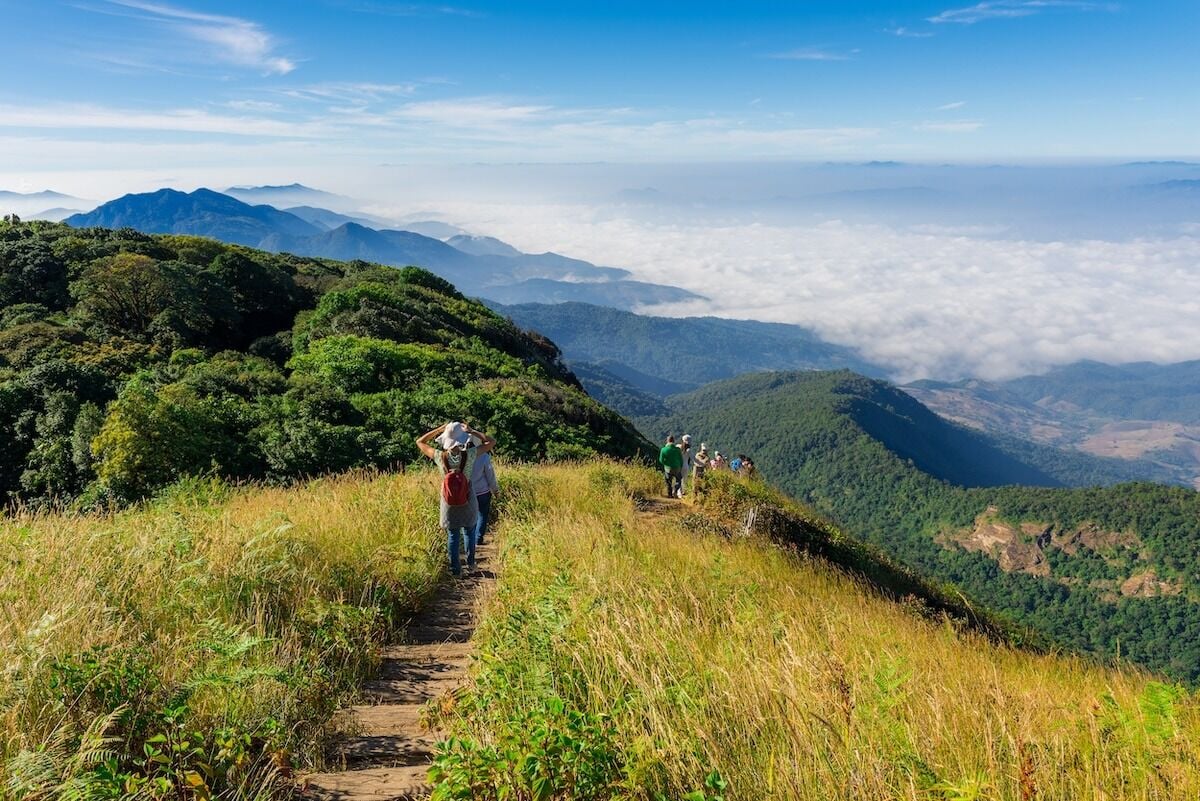
For hiking and trekking lovers, Doi Inthanon has several nature trails for you to explore. These nature trails will lead you through dense forests along mountain ridges. They offer beautiful sceneries, and you might get a chance to see the wildlife. All of the trails are maintained by the local people. However, some of the longer hikes are only accessible with a guide. Although you have to pay for the guide, they will show you things only locals know, so the fee is more than worth it. Below are some of the best nature trails in Doi Inthanon National Park.
Pha Dok Siew Waterfall Trail
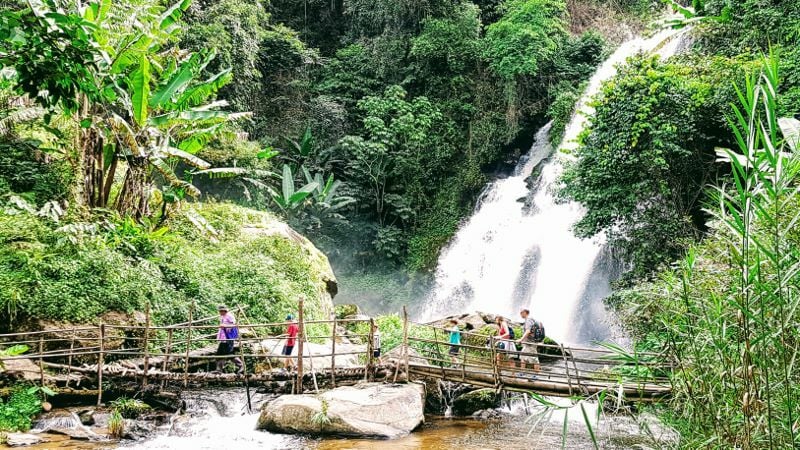
Phak Dok Siew Waterfall Trail is among the easiest to access from the main road. It takes you by a stunning multi-tiered waterfall and ends at Mae Klang Luang Village, where you can savour the beautiful view of the rice fields on the hillside. In the beginning, the hike was relatively easy. You’ll get through lush forests filled with pine trees. There are information boards along the trail, so you can learn more about the plants surrounding it. You can explore Pha Dok Siew Waterfall Trail all year long.
Kew Mae Pan Nature Trail
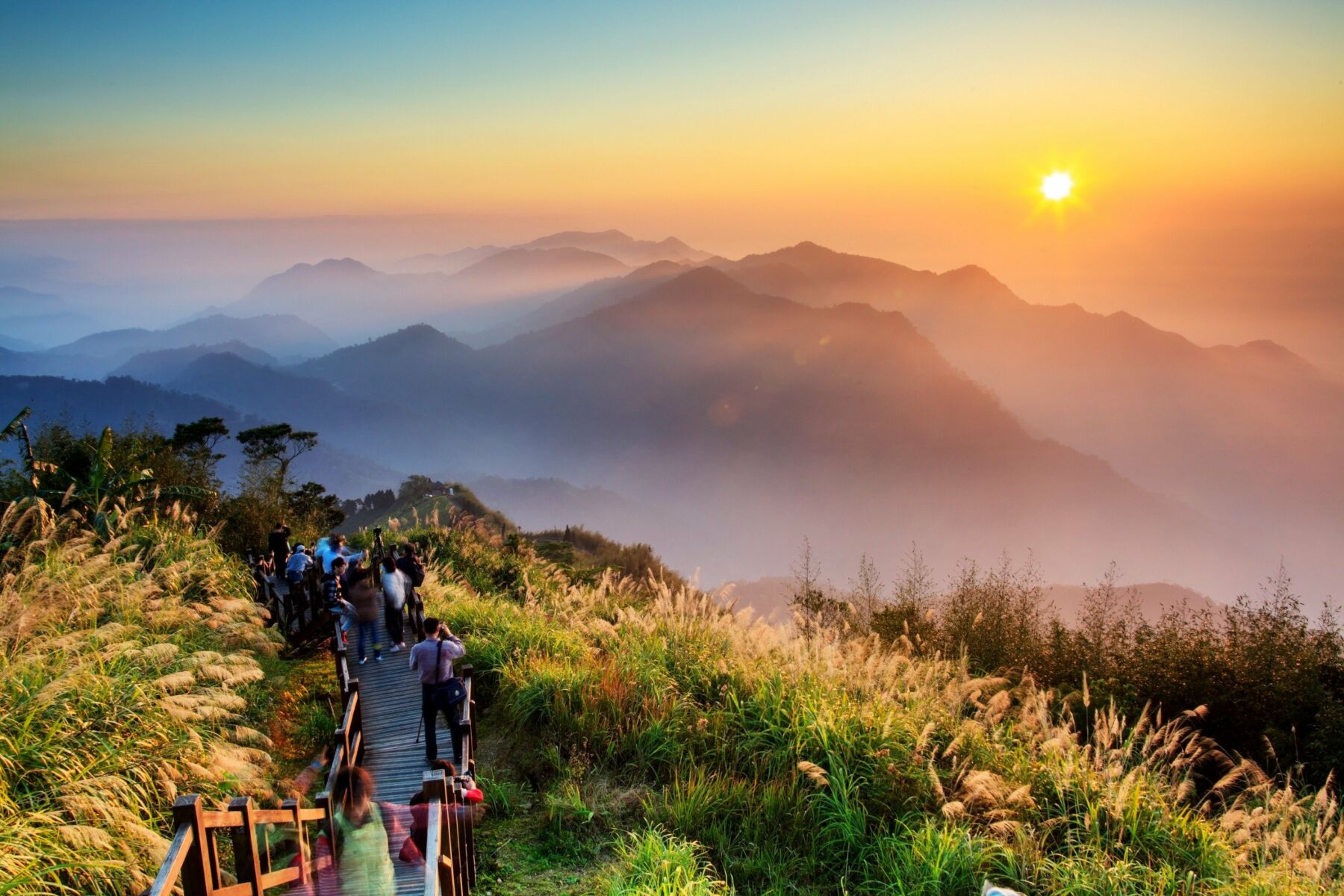
Kew Mae Pan Nature Trail is the most popular nature trail in Doi Inthanon National Park. This well-maintained 2.5 km nature trail will take you through a dense forest into an opening, where you’ll get to see a picturesque view of the forest below. Along the way, you’ll find numerous stations with information on the ecosystem and wildlife of the national park. If you’re extremely lucky, you might see the rare Chinese goral (a goat-like undulate). The nature trail also consists of several viewpoints, a waterfall, and a heart-shaped rock formation. Keep in mind that you can only tackle this nature trail with a local guide. Also, Kew Mae Pan Nature Trail is closed during the wet season from 1st June to 31st October as things can get risky near the mountain summit. Besides being unsafe, the trail is also closed during the wet season for reforestation.
Angka Nature Trail
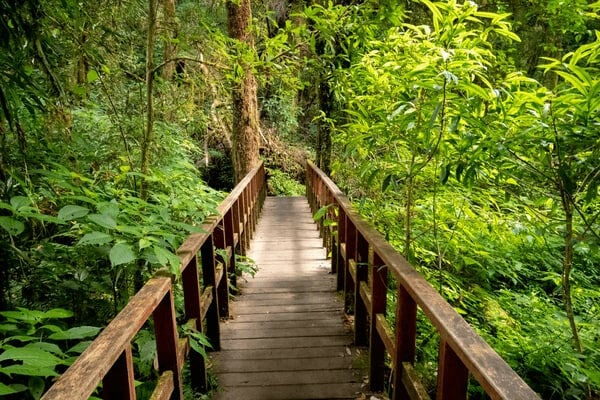
If you want to stroll around in nature but you’re not into hiking, the Angka Nature Trail is the perfect option for you. Situated just under the summit of Doi Inthanon, it consists of a short, circular boardwalk trail surrounded by mossy green forests. Due to its surroundings, it has pretty mild weather throughout the year. It’s inhabited by some rare plants and wildfires indigenous to the mild ecosystem. Hiking through this nature trail is pretty easy, and it takes around 30 minutes to complete the trail. Angka Nature Trail looks magical and peaceful during the rainy season, but it’s also very slippery.
2. Wander around the Royal Pagodas and Gardens
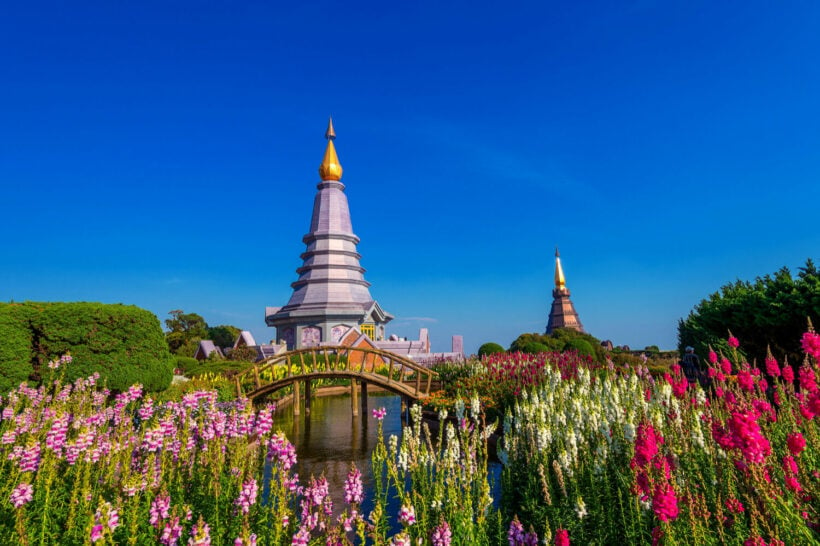
The peak of Doi Inthanon is home to two stunning royal pagodas and gardens. The beautiful pagodas were built to commemorate the King and Queen’s 60th birthdays. They’re called Naphamethinidon and Naphaphonphumisiri, respectively. The King’s pagoda is a bit bigger than the Queen’s, and although it’s not surrounded by a garden like the Queen’s, it’s still stunning in its own right. You can find a small shrine inside the pagodas and exceptional mosaics on the ceiling. From outside of the pagodas, you’ll get breathtaking views of the jungle-covered mountains of Doi Inthanon National Park. Since there are escalators, anyone can easily visit the pagodas without having to walk or hike.
3. Explore the waterfalls
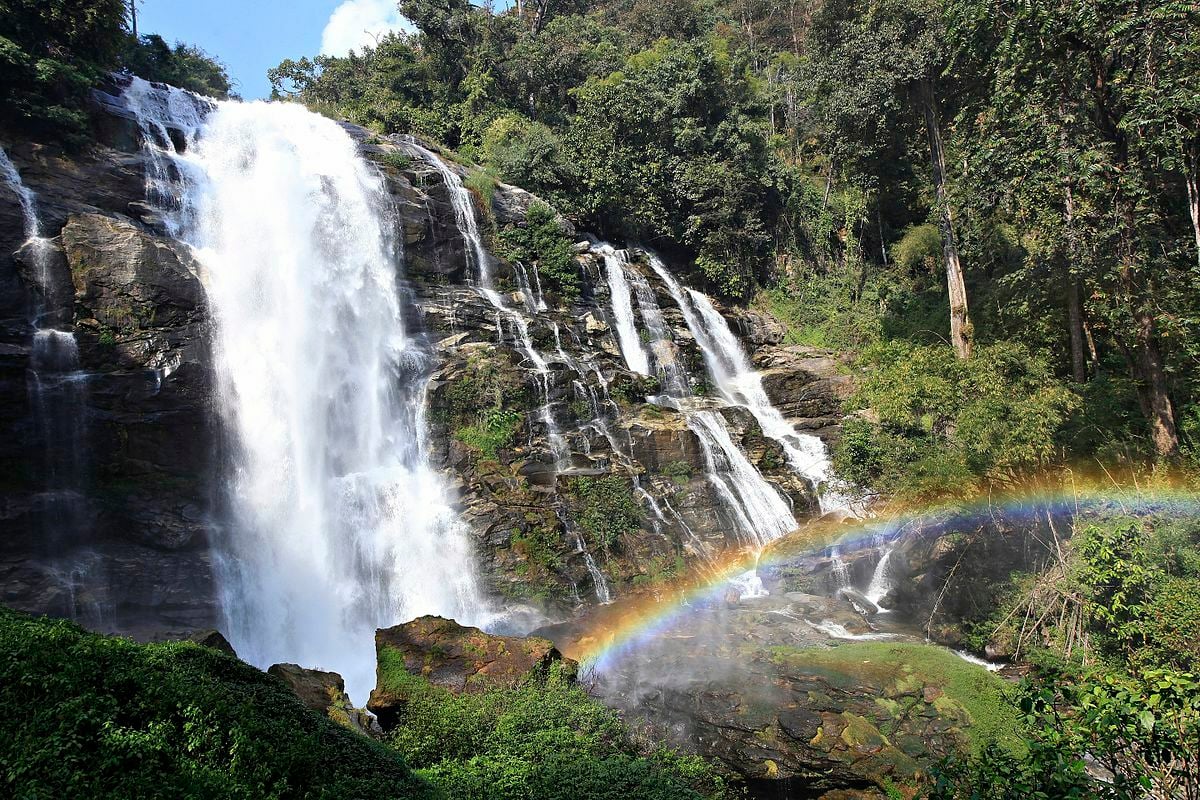
Doi Inthanon National Park is home to several beautiful waterfalls. Some of the most popular ones are Mae Ya, Mae Klang, Wachirathan, and Siritharn. Mae Ya is possibly the most popular but not the easiest to access. Since it’s not accessible from the national park’s main entrance, you might need to plan a specific journey to reach it. However, its beauty is worth all of the extra effort. In contrast, the Wachirathan waterfalls are the easiest to access as it’s located just a few steps away from the parking area.
4. Visit a hill tribe

If you want to immerse yourself in the local culture, you can visit a hill tribe in the Doi Inthanon National Park. You can visit their village, meet the people, and get a glimpse of their day to day activities. The people grow their own superb coffee beans, so be sure to buy some for yourself as gifts for your friends.
5. Camp at Dong Son Campground
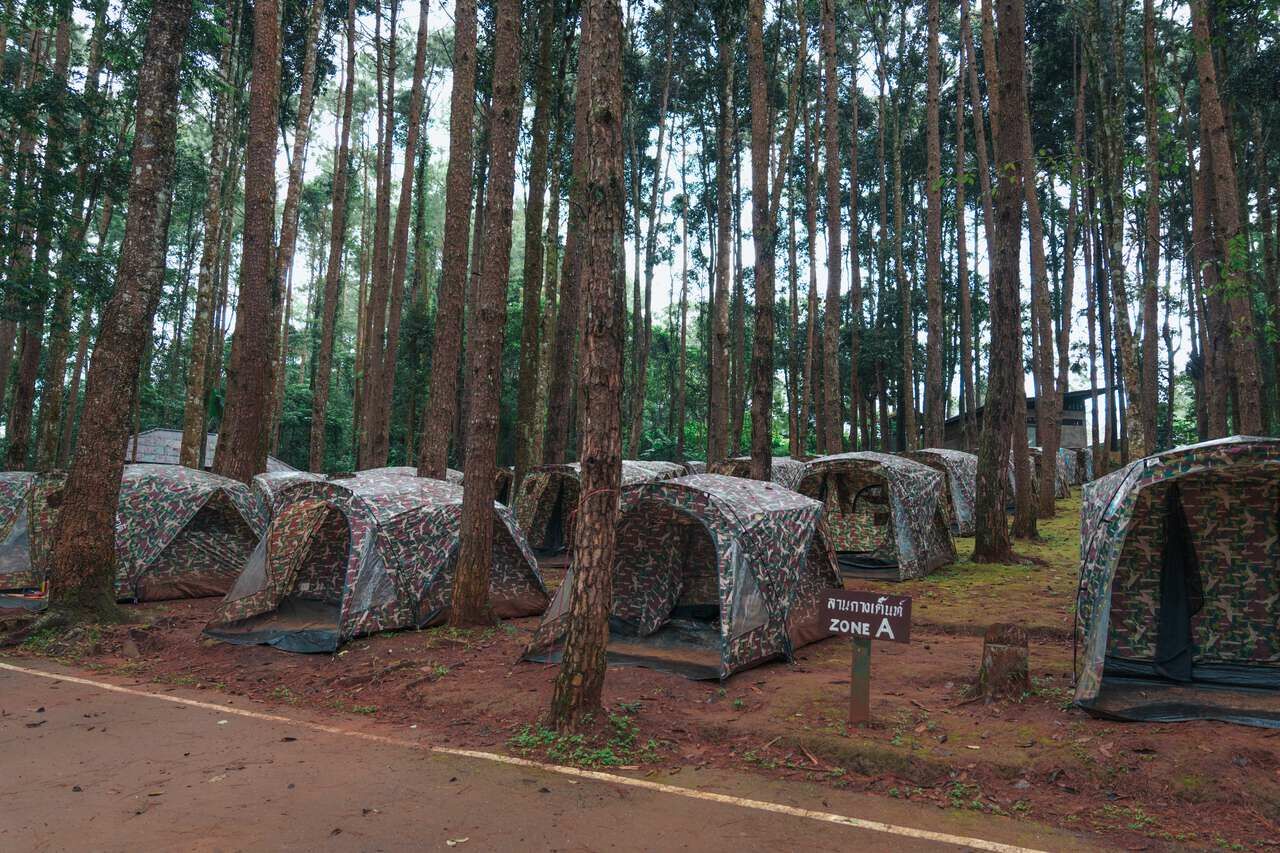
If you want to camp inside Doi Inthanon National Park, you can do it in the Dong Song Campground. It’s situated just 10 minutes away from the summit. Since the campground is surrounded by tall pine trees, you won’t get any breathtaking views from the campground. The good thing is, the trees will provide shade for your tent during the day and protect you from strong winds.
Tips for visiting Doi Inthanon National Park
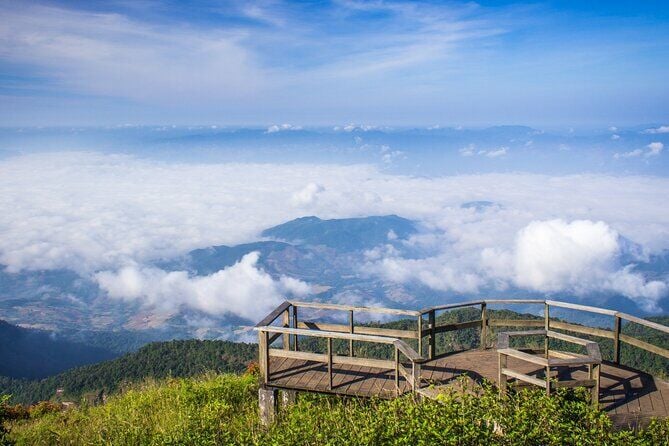
- Pick up a park map: Planning to go on a self-guided trip to Doi Inthanon? Make sure to stop at the Tourist Service Centre to pick up a park map and get the lay of the land. Doing this will allow you to pick and choose what to explore in the national park.
- Start the tour early: If you want to make the most of your day at the park, it’s best to leave Chiang Mai by 9 am. If you’re ambitious, you can start your journey as early as 6 am, when the park opens.
- Bring a snack and water: Since there aren’t a lot of places to eat in the park, it’s recommended that you eat a solid breakfast and bring a snack and water.
- Wear comfy shoes: Even when you’re not planning on hiking, exploring Doi Inthanon National Park requires lots of walking on uneven trails.
- Wear warm clothes: The summit of Doi Inthanon is possibly the only place in the whole of Thailand where you’ll experience cold. The average temperature can range between 5º and 10ºC during the dry season. It may even drop below freezing. Therefore, be sure to wear warm clothes if you want to visit the summit or even the nature trails.
Other best places to visit in Chiang Mai
- Tha Phae Gate
- Chiang Mai Night Bazaar
- Wat Phra That Doi Suthep
- Huay Teung Thao
- Sticky Waterfalls
- Mae Kampong Village
- Mon Jam
For an unforgettable visit to Chiang Mai, don’t miss our ultimate travel guide on Chiang Mai to explore plenty of cultural highlights and must-see attractions around the city.
Latest Thailand News
Follow The Thaiger on Google News:


























